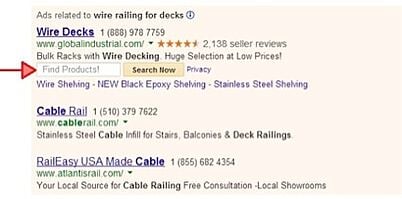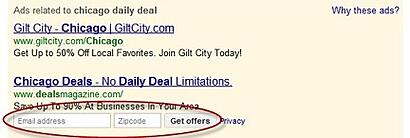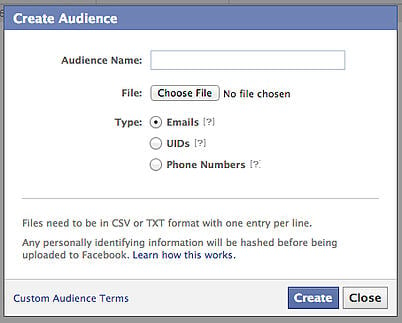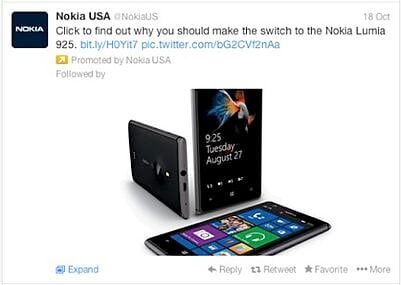



In today’s world of online marketing, there has been a long-standing debate about the benefits of pay-per-click vs. organic search techniques. And, as an inbound marketing agency, you’ll usually find us on the “organic” side of the argument for its long-term benefits and higher quality leads. However, with the slew of recent changes to PPC ads across Google and various social networks, inbound marketers (like us) might want to take a few steps back and rethink their typical “anti-PPC” stance. To help show how these new ads can benefit your business, we broke down the features and advantages of each.
When most people hear, “PPC ads,” they immediately picture the paid advertisements at the top and right hand sides of their Google search results page. If you’ve been paying attention to those ads over the past several months, you might have noticed that they've been getting more and more customizable. These customizable features that you’ve been noticing are known as “ad extensions.” And while there are many different types of ad extensions, each is designed to increase interaction in it’s own way. For example, in June, Google added image and review extensions:


Since these extensions have been released in June, Google has been busy creating even more. One somewhat controversial extension, which Sam Lowe wrote about last month, will publicly display a Google+ user’s profile picture next to a review they wrote for that company. Other extensions feature a website search bar, drop-down navigation tab, and even an email subscription bar!


Looking at the new ad extensions, it’s clear that Google is making it easier for customers to access the information they’re searching for. This idea of facilitating their search for information aligns well with the inbound ideologies, and can be very effective in advertising. Take the email subscription extension for example – you can generate a lead, without even having someone visit your site! On top of that, it doesn’t cost any extra to use the various ad extensions, and they’ve been proven to increase click through rates by up to 30%!
One of the biggest upgrades to PPC ads comes from Facebook’s new custom audience feature. Though the ads appear relatively the same on the site’s sidebar, the way in which you find your audience has drastically improved. Instead of ads appearing based on what Facebook thinks you like using your profile’s information, businesses can now upload their own list of phone numbers or email addresses. Using this information, Facebook will match that contact info with it’s own email and phone records, and display ads on the pages of the matches.

When combined with Facebook’s other targeting options, the new custom audience feature gives advertisers more targeting power than they ever had before. For example, let’s say you upload your contact list and find that 65% of the email addresses match up to different Facebook accounts. Now that you have this custom audience, you can now use the other Facebook features to target individuals who live in certain places, fall into a certain age range, and haven’t liked your page yet. This makes it much easier to gain likes on your company’s Facebook page, along with boosting sales and increasing brand awareness.
While both Google’s and Facebook’s updates were specifically made for their advertising, Twitter’s most recent change was designed for consumers and businesses alike. With social media networks shifting more attention towards visual content, Twitter changed their timeline to include image and video previews directly in the tweet. This means you no longer have to click a link to display a picture or video. For example, take a look at how promoted tweets used to look vs. how they look now:

The images in these new tweets will display on both mobile and desktop devices, forcing advertisers to think more about what the user will see, as opposed mainly focusing on the 140 characters they would read. By making tweets more eye catching, businesses using promoted tweets will grab users’ attention better, leading to an increase in followers and sales.
Though organic SEO is usually regarded as the best long-term way to sustain consistent, high quality traffic to your website, the recent changes to these PPC advertisements have many benefits as well. If you’re looking for a quicker, reliable way to increase leads, or boost likes and followers, these PPC ads will do a good job, but as always, it’ll cost ya.
